Most students have heard the tag line going green, but what about going blue? Earth Day is an opportunity for students to not only learn about the different vulnerabilities of the earth, but it is also an opportunity to figure out a plan to help it! A lot of compelling literature on environmental issues exists for young people. What better way to inform students of the problems and motivate them to act!
Going Blue: A Teen Guide to Saving our Oceans, Lakes, Rivers, & Wetlands (Grades 6-12, Level Y, Lexile 1170) by Cathryn Berger Kaye and Philippe Cousteau, famous explorer and conservationist Jacques Cousteau’s grandson, is the perfect anchor text to use with middle school and high school students. This book is filled with beautiful photographs and text features, organized by action. While learning about the importance of caring for our oceans, lakes, rivers and wetlands, teens will also see that young people have the power to take action and make the world a little better.
(Grades 6-12, Level Y, Lexile 1170) by Cathryn Berger Kaye and Philippe Cousteau, famous explorer and conservationist Jacques Cousteau’s grandson, is the perfect anchor text to use with middle school and high school students. This book is filled with beautiful photographs and text features, organized by action. While learning about the importance of caring for our oceans, lakes, rivers and wetlands, teens will also see that young people have the power to take action and make the world a little better.
Going Blue is divided into four sections: Investigate, Prepare, Act and Think Back. This format lends itself well to an authentic project.
Investigate
With information surrounding us twenty-four hours a day, seven days a week, knowing how to determine validity within a source is a must. One way for students to see the bigger picture is to investigate going green on a larger scale. Students can look through many different books about environmental studies, websites, videos and graphics to come to their own conclusions about what they can do to make a difference.
What issues interest them? How can information about each be synthesized into one global issue? Which resources are reliable? Does the copyright date affect responses to the questions?
Students can use a grid to organize their information. Resources are located along the left and student created questions are listed along the top. Any information found within a source is answered in the row of that source and under the particular question.
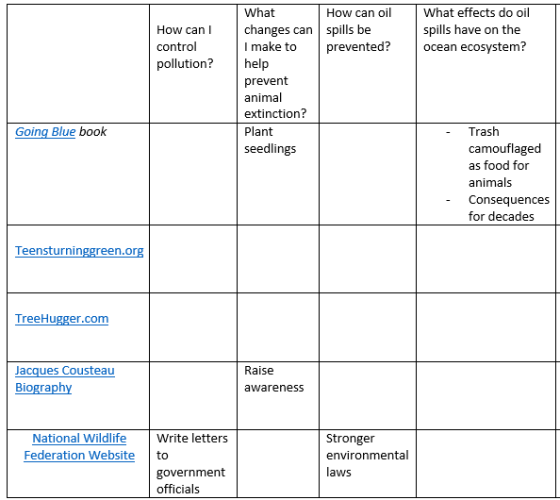
Example of a student created grid
Students can work independently to fill in their grids. Although students most likely will not be able to find answers to every question for each source, sharing and collaborating after independent research helps fill in the gaps. I’ve found that students are more engaged when they can choose their own sources, even doubling the information located!
Using the grid also requires students to summarize and write concisely, lessening the chances of plagiarism!
Prepare
Now that students have done their research and drawn conclusions on what they can do, they can plan their action. Students can develop a project plan, considering the preparation needed for the project, materials, resources and time.
Act
Action can refer to a number of projects. It can be anything from cleaning up a river bank to creating a website or persuasive message to inspire others. There are many free website templates available online where students can create their argument by using testimonies from experts in the field, images and organizations to validate their claim.
Other applications such as PowToons and Bitstrips for Schools offer templates for video and graphic novel formatting. Persuasive arguments don’t have to be in the form of a traditional research paper. Visual literacy attracts a lot of readers … and that’s what we want if we are to inform.
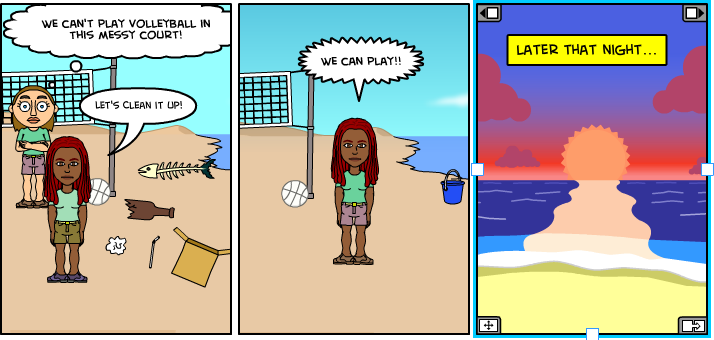
Created on Bitstrips for schools
Think Back
Transformative learning takes place when students think back and reflect on the problem identified and the actions taken. Was the action enough? Has it made a difference? What would they have done differently were there more time or resources? How has the project changed any preconceptions? Has another project in the class made an impact on your thinking?
Being able to write thoughts and share within a group provides greater understanding and deeper meaning.
Teens sometimes think they alone can’t make a difference. They feel that people with power, prestige or money are the ones who can truly change anything. Authentic projects like this one give them the opportunity to be heard and make a difference. It’s also a time for the class as a community to care and give back. Students can see first-hand that the future is in their hands!
Booksource Recommendations


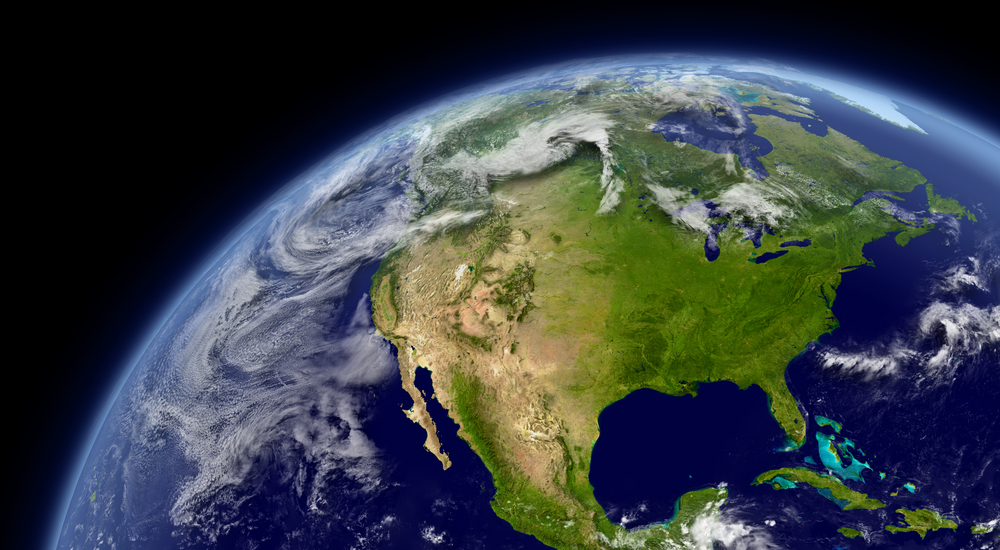
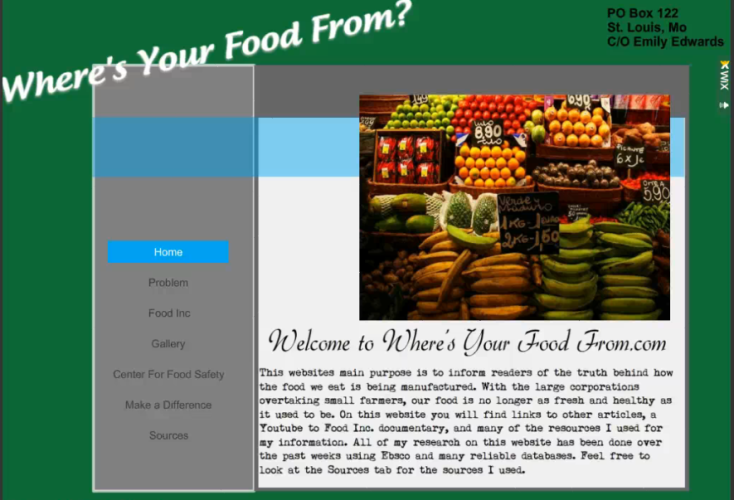
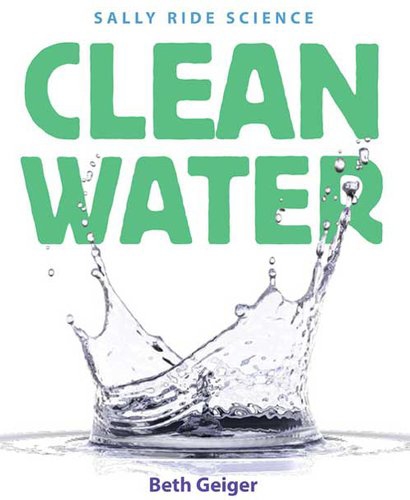
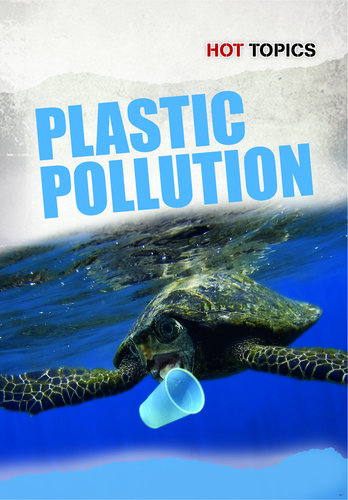

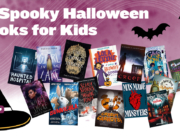
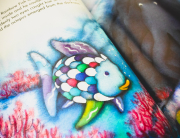
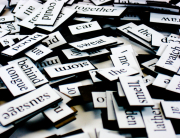
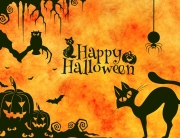
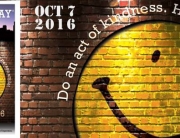
Leave A Comment